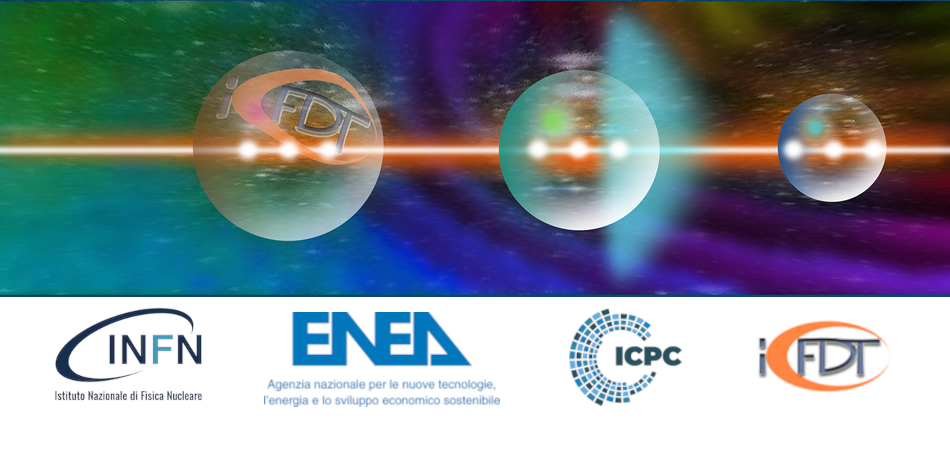Speaker
Description
In many scientific and engineering endeavours, the diagnostic of several quantities is complex, indirect, and rely on several simplifying assumptions that are not always exact. Especially in these cases, the integration of measurements with physical knowledge is the most performant way to obtain accurate and reliable results. Despite this, the fusion of partial differential equations (PDEs) and experimental measurements remains a challenging task, often leading to disparate approaches that fail to leverage the complementary strengths of both worlds. Another typical limitation is that when PDE parameters are not known (uncomplete physics), several numerical simulations must be performed, making the modelling complex and time consuming.
Recently, a new artificial intelligence technology, known as Physics-Informed Neural Network (PINN), has been developed to overcome these limitations. PINNs are neural networks that are trained by minimising a loss function that takes into account both data and physical equations, allowing for an easy and flexible integration of physics a priori knowledge with data. They showed a great potential in various fields of science and applications, such as numerical simulations, inverse problems, data integration, etc. Moreover, they can work also with uncomplete physics, allowing for improved physics-constrained data-guided modelling.
This work investigates the possibility of using Physics Informed Neural Networks (PINN) for solving two main classes of problems: data-driven solution and data-driven discovery of PDEs. Moreover, the approach is extended to other fundamental tasks in physics and engineering, such as the solution of very ill-posed inversion problems and causality detection. Applications to both time series and cross-sectional data are covered.
In addition, so systematic use of synthetic data to corroborate the potential of PINNs, real-life examples from the field of thermonuclear tokamaks are presented, including the solution of inversion problems (tomography, magnetic equilibrium reconstruction) and the investigation of the plasma dynamics in the presence of various instabilities (ELMs, sawteeth, disruptions). The obtained results confirm that the synergy of experimental data and theory, inherent in the PINN approach, constitutes a very significant competitive advantage, allowing the technology to outperform the main alternatives reported in the literature.

